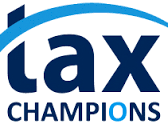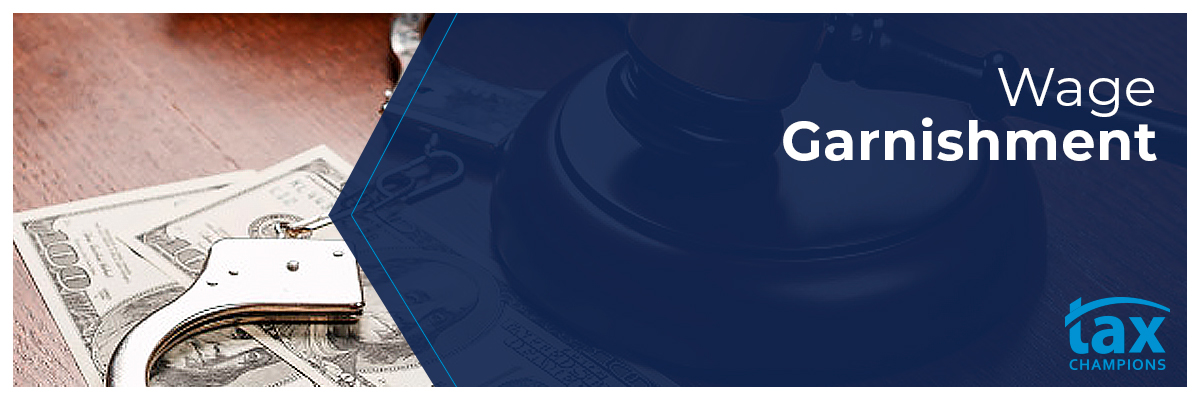How much will the IRS take from my check? Will they take my bonus? How long will the wage levy be in place? These important questions and many more plague taxpayers who receive a notice of levy from the IRS.
First things first; the IRS only requires your employer to withhold part of your wages. Rest assured that you will continue to receive much of your monthly wages. However, the IRS will keep the garnishment in place until the back-tax debt is paid off completely. They may release the levy if other payment arrangements are made, as well.
Part of your wages is off-limits, and your employer receives instructions for determining how much to withhold from your paychecks every month. The IRS instructs them to determine the amount to withhold by providing you with a form to complete. This is called a Statement of Dependents and Filing Status, and it you must complete it within three days.
It chiefly asks for information about the dependents you claim for the year in which the IRS issued the levy. If you don’t return the statement to your employer within three days, the IRS instructs them to calculate withholdings as if you’re married and filing separately with no dependents. This allows you to pay for your basic needs, such as food and rent, as well as those of your dependents.
A Note About Additional Income Sources
If you have other sources of income, the IRS “may allocate the exemptions to the other income source and levy 100% of the income from a particular employer.” The amount that the tax code exempts from withholdings applies to all your income sources combined. Any income you earn outside the exempted amount is sent to the IRS. That extra bonus you might’ve been looking forward to before the levy, So, the IRS will apply that extra bonus you might’ve excited about to your back-tax debt.

